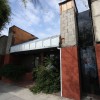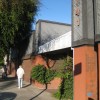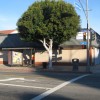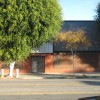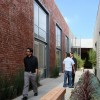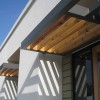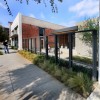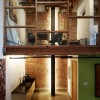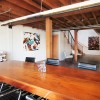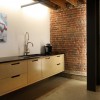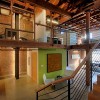Adaptive Reuse: Green Space as a Tool for Neighborhood Revitalization
Video
For many reasons, adaptive reuse projects are great for the environment. Using already existing buildings instead of building new reduces waste, requires less energy, and scales down the general consumption of materials. This green space has farther reaching effects, particularly fostering a greater sense of community and neighborhood revitalization. We talked with Alan Pullman of architectural firm Studio One Eleven about a recent adaptive reuse project located in an emerging Long Beach, California, neighborhood.
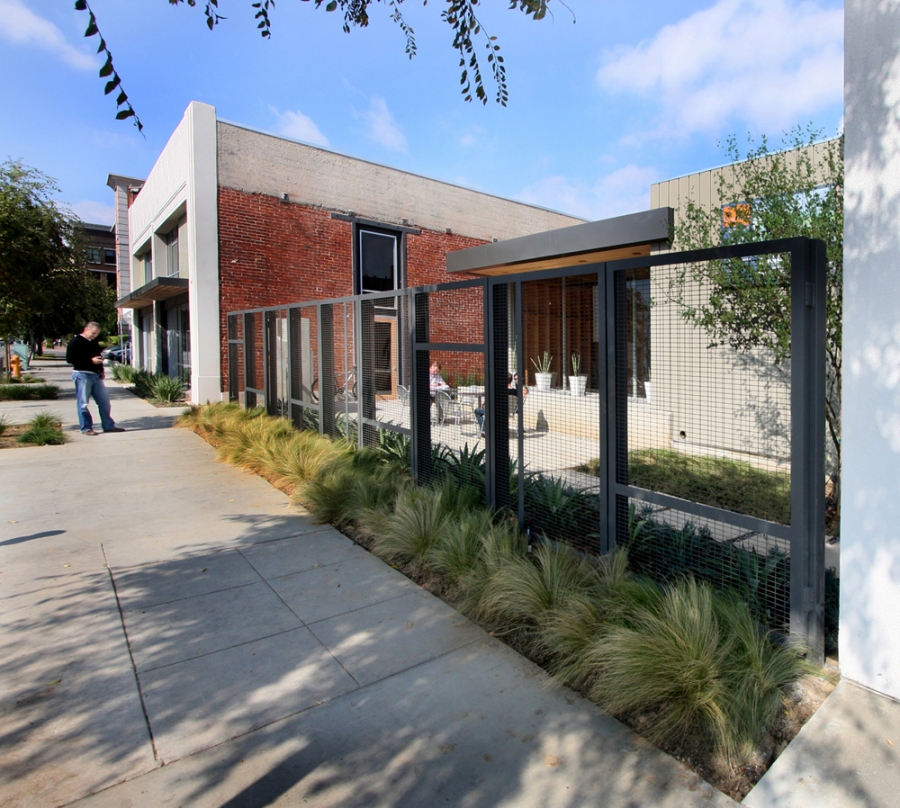
The original space at 4th + Linden was a large, derelict warehouse with little to offer the surrounding area. With a bit of creativity and a reshaping of the space, however, the firm was able to not only revitalize the building itself but also catalyze change and engage the community for results that exceeded their hopes and expectations.
“I think in a lot of ways it is part of economic development to have adaptive reuse and create a place for more interesting, independent, and locally focused tenants to incubate and grow.” Alan Pullman, Studio One Eleven
The Long Beach East Village Arts District has an incredible asset: a solid foundation for a creative population. With an already established art store and a warehouse previously occupied by a music label, artistic energy had been taking root in the area for years. The warehouse space itself, however, was far from energizing or welcoming when Studio One Eleven began their work. “It looked like a blighted building,” Pullman explains. “It had been used for storage, a pet rescue, and it contributed nothing to the street life or the safety of the neighborhood. So when we bought the buildings we saw a lot of potential, but there was a lot of work that needed to be done.”
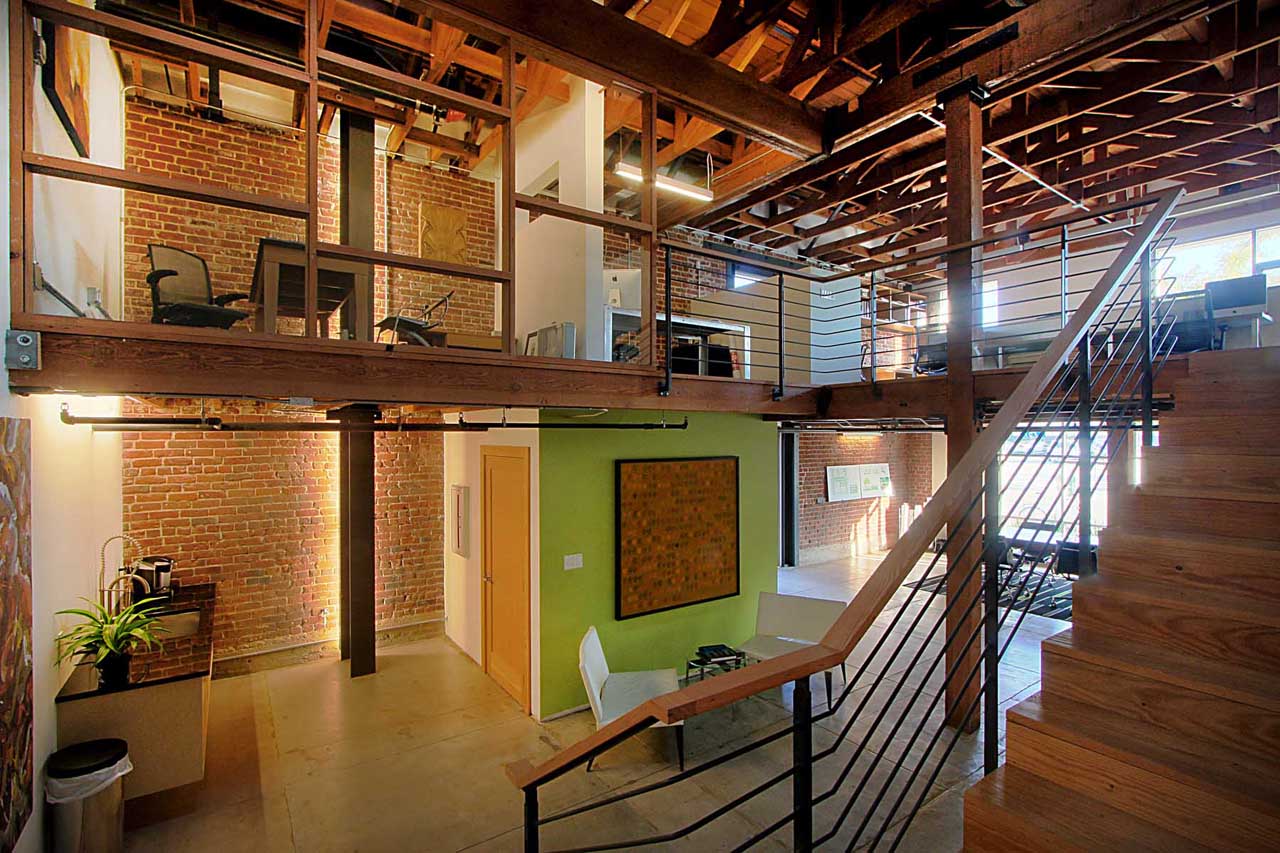
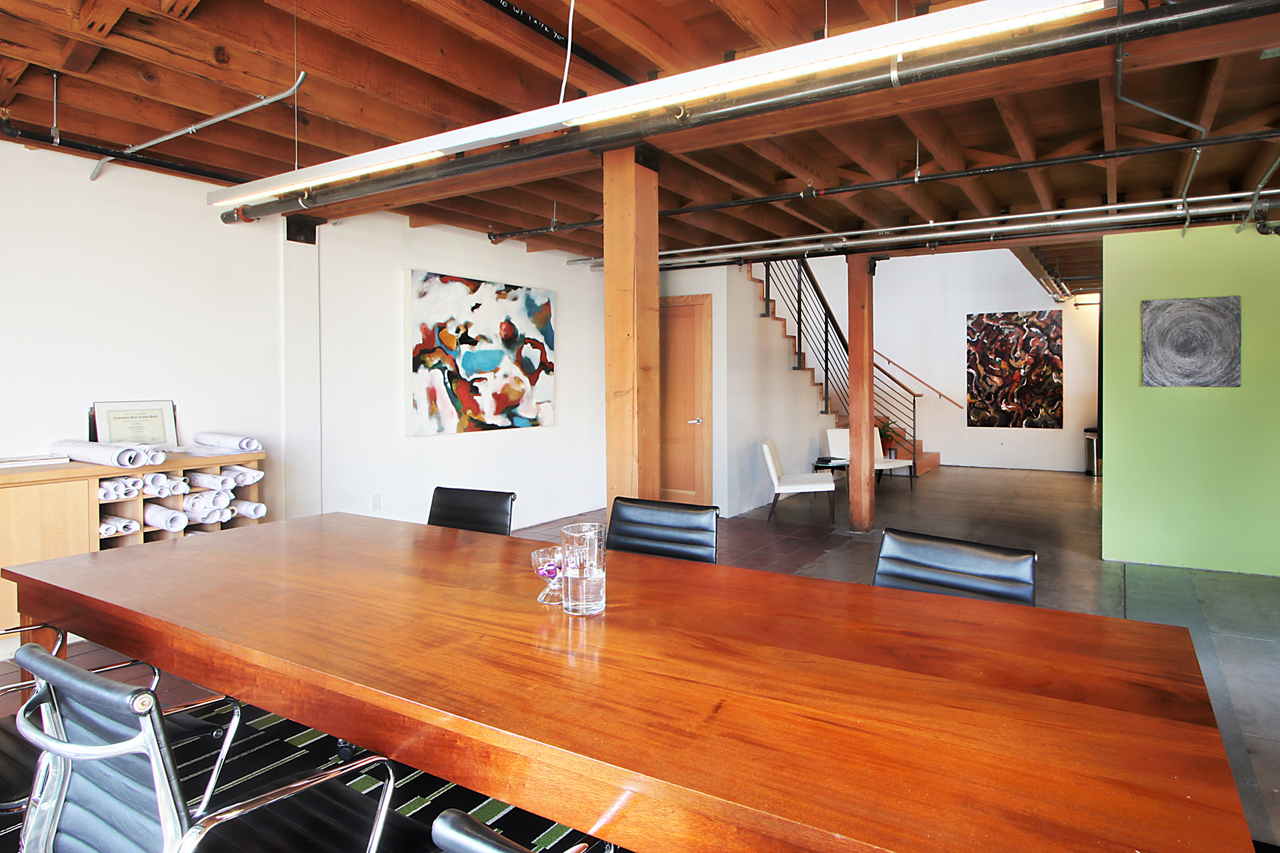
Connecting the space to the community was a high priority in the design of 4th + Linden, but sustainability was no less important. The firm took the “less is more” approach and ultimately removed more than they added in the process of adapting the space, creating a courtyard and a series of passageways. Pullman explains, “We did some demolition and we were able to recycle the wood to community groups for community gardens and tree planting. We had to pick out some bricks and we were able to recycle those. Community groups were doing garden walks, and schools reused the bricks in their projects.” The firm clearly demonstrated how adaptive reuse has the potential to engage and foster community on a variety of different levels, seizing all opportunities to inspire while following the Long Beach Green Policy of sustainable practice.
“We tend to crave a certain kind of history, a connection to the past that makes a community richer.” Alan Pullman, Studio One Eleven
Beyond the specific green design elements employed within the space, 4th + Linden focused on street-level quality as a way of engaging the community. Pullman explains, “We had to create new storefronts and windows, to give it a street presence. We were able to take one building and totally convert it and make it a really beautiful spot for this art store. We created a little courtyard in the front that before was essentially just a blank wall, for the tenants to come together and interact with each other, creating a sense of community in the project.” The casual throwing around of buzzwords like “walkability” can dilute our appreciation of the concept, but seeing it work firsthand can be poignant and inspiring. Pullman explained that the adaptation of the warehouse was one of the things that led to the city extending a pedestrian street life program on Fourth Street, and more creative businesses have moved nearby as a result, including a record store and a coffee shop.
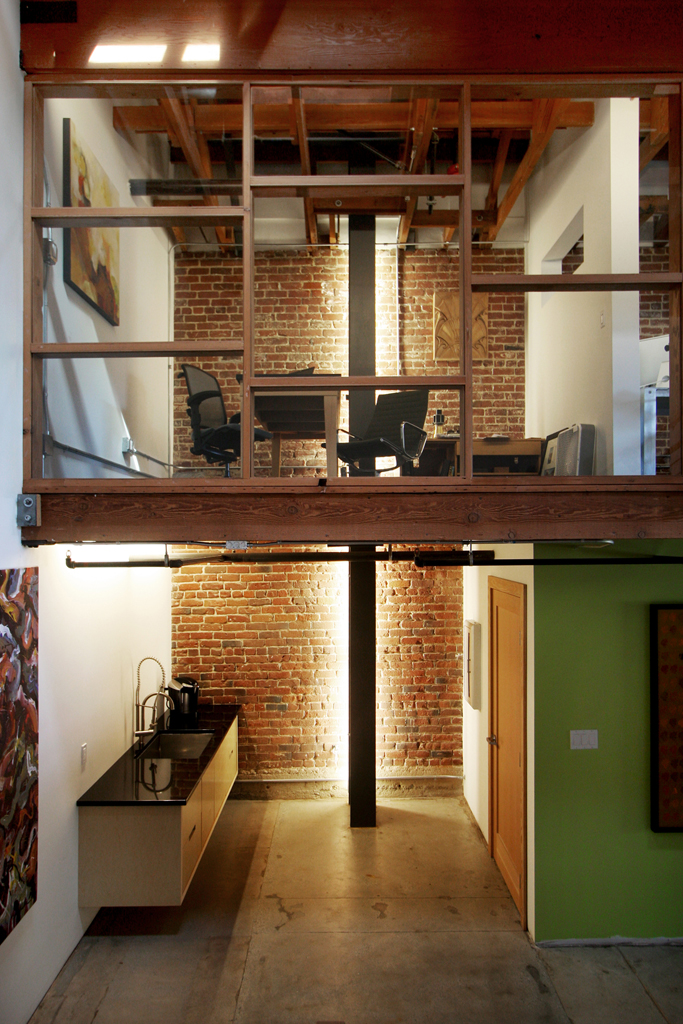
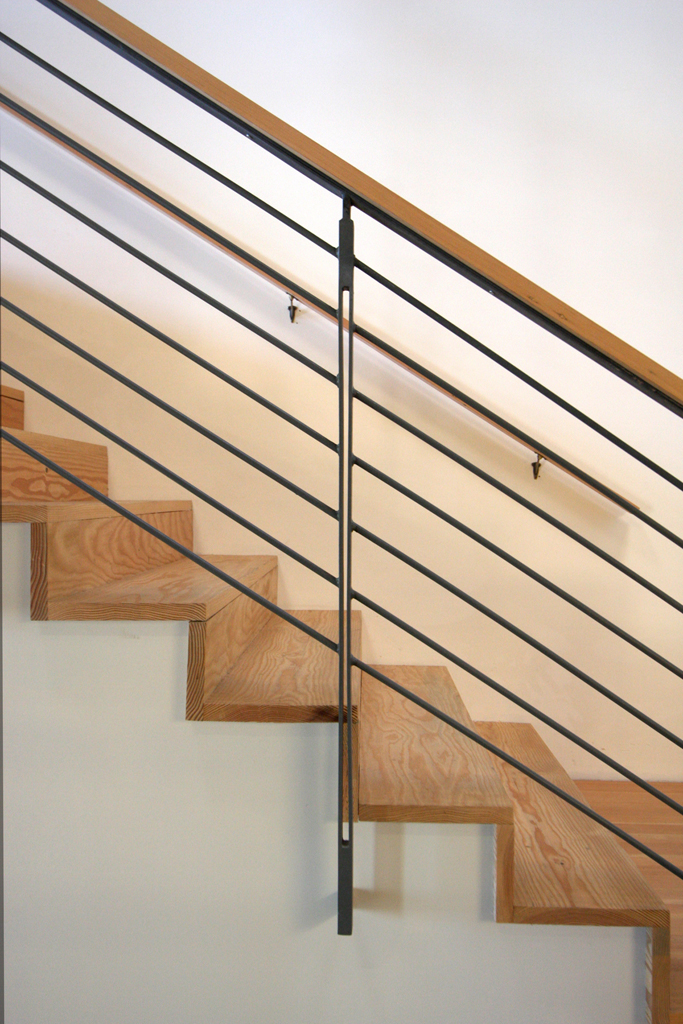
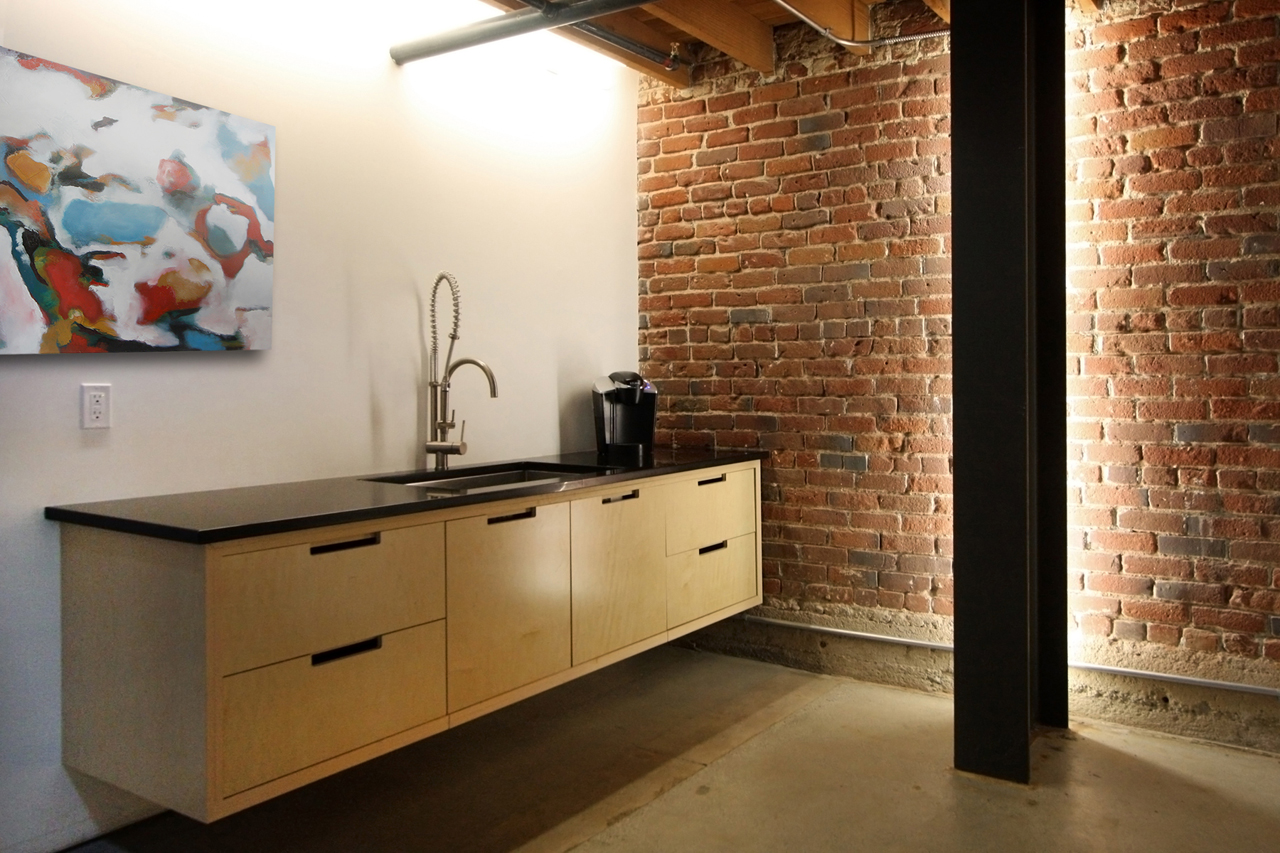
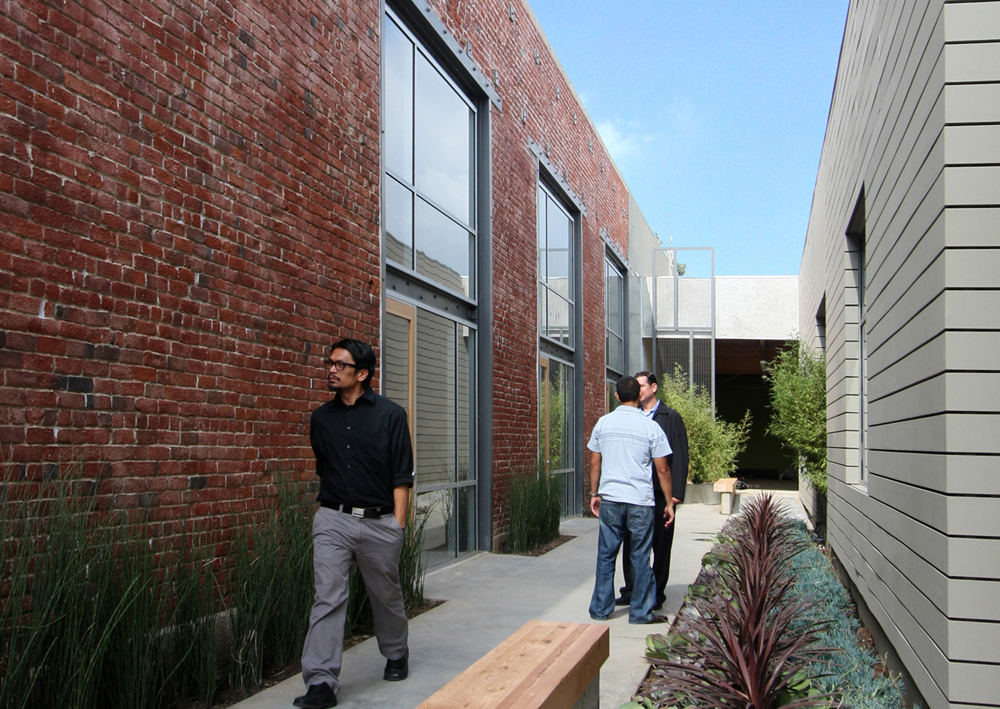
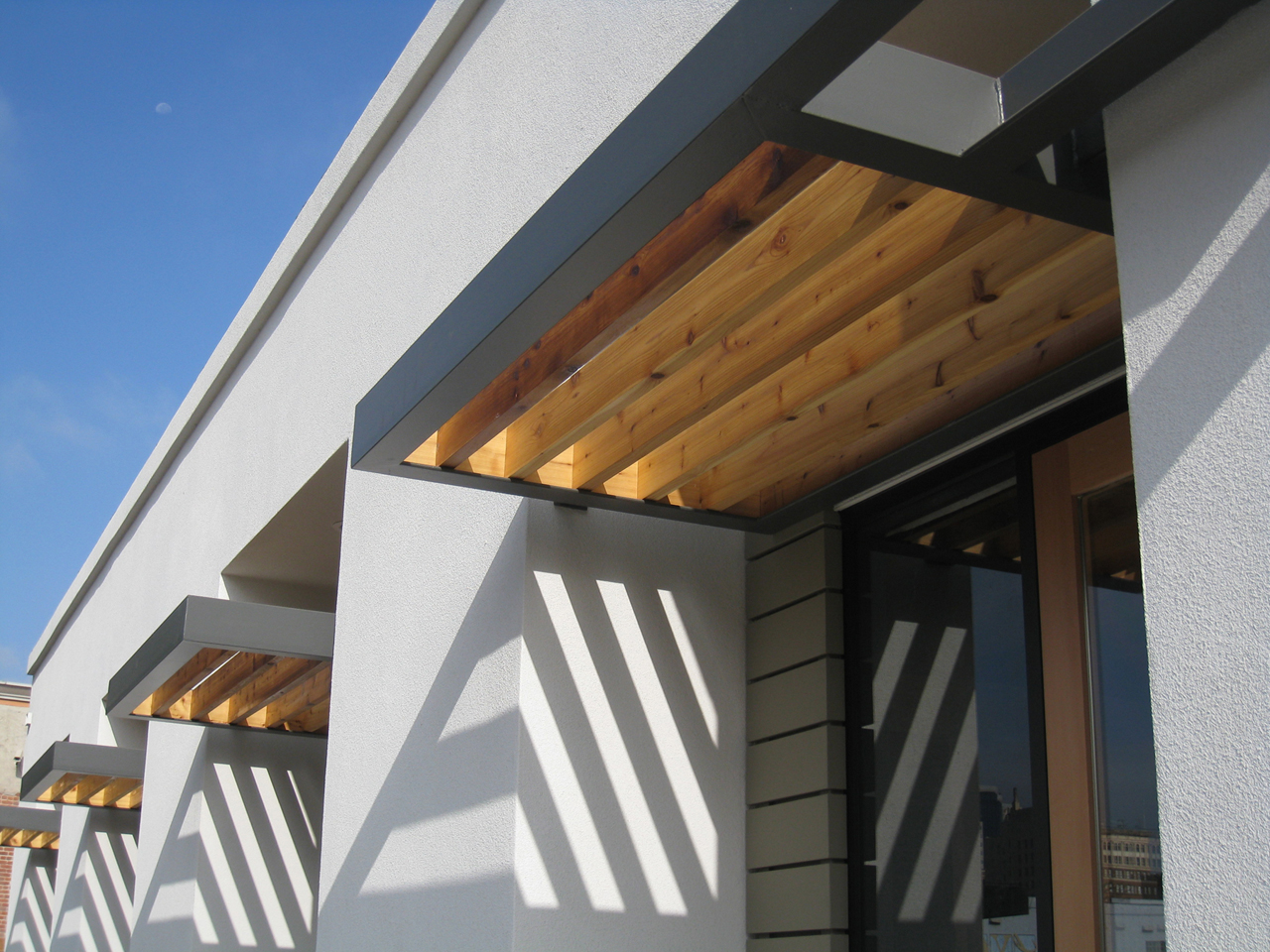
This chain-like effect has just as much to do with economics as it has to do with the bolstering of creative energy. Pullman explains, “What we find with adaptive reuse is that you can do them fairly economically. They are not super luxurious buildings. They are adapted that way. It’s kind of raw, actually. What that does, though, is allow development at a level that can bring independent stores – and these are all independent stores. Creative tenants just can’t afford to pay really high rent, downtown prices. I think in a lot of ways it is part of economic development to have adaptive reuse and create a place for more interesting, independent, and locally focused tenants to incubate and grow.”
The adaptation of the space at 4th + Linden had local support, as the investors and contractors were comprised of community members. Pullman also explained that older buildings like the warehouse offer a quality in craftsmanship and materials that are very difficult to duplicate in today’s world. He adds, “We tend to crave a certain kind of history, a connection to the past that makes a community richer.” The meshing of old and new is certainly not a novel concept, but it can provide an anchor for creative development in a way that preserves the integrity of a neighborhood.
Although adaptive reuse and green office and corporate space alone will not save the world, it is apparent in 4th + Linden that it can prove to be an incredible resource when considering neighborhood and community revitalization. Pullman explains, “It was kind of amazing because we knew it would be a challenge, but it ended up being more successful than we thought it would be.” We can only hope this success story will inspire many more.


